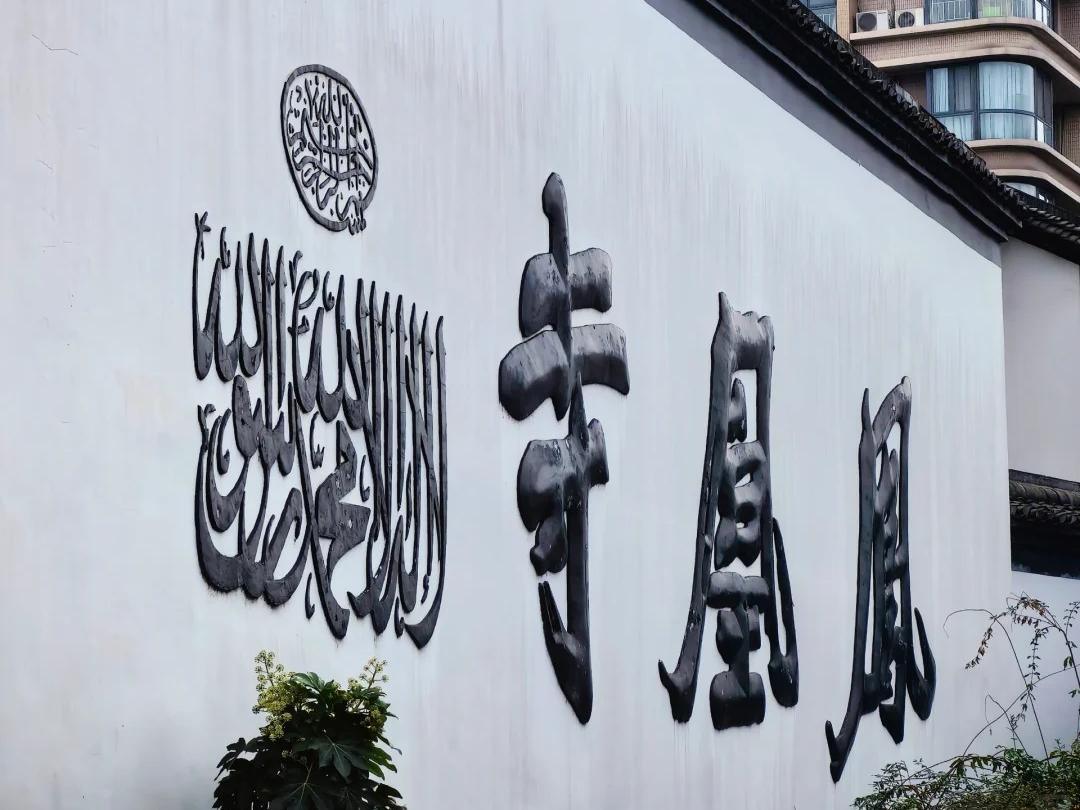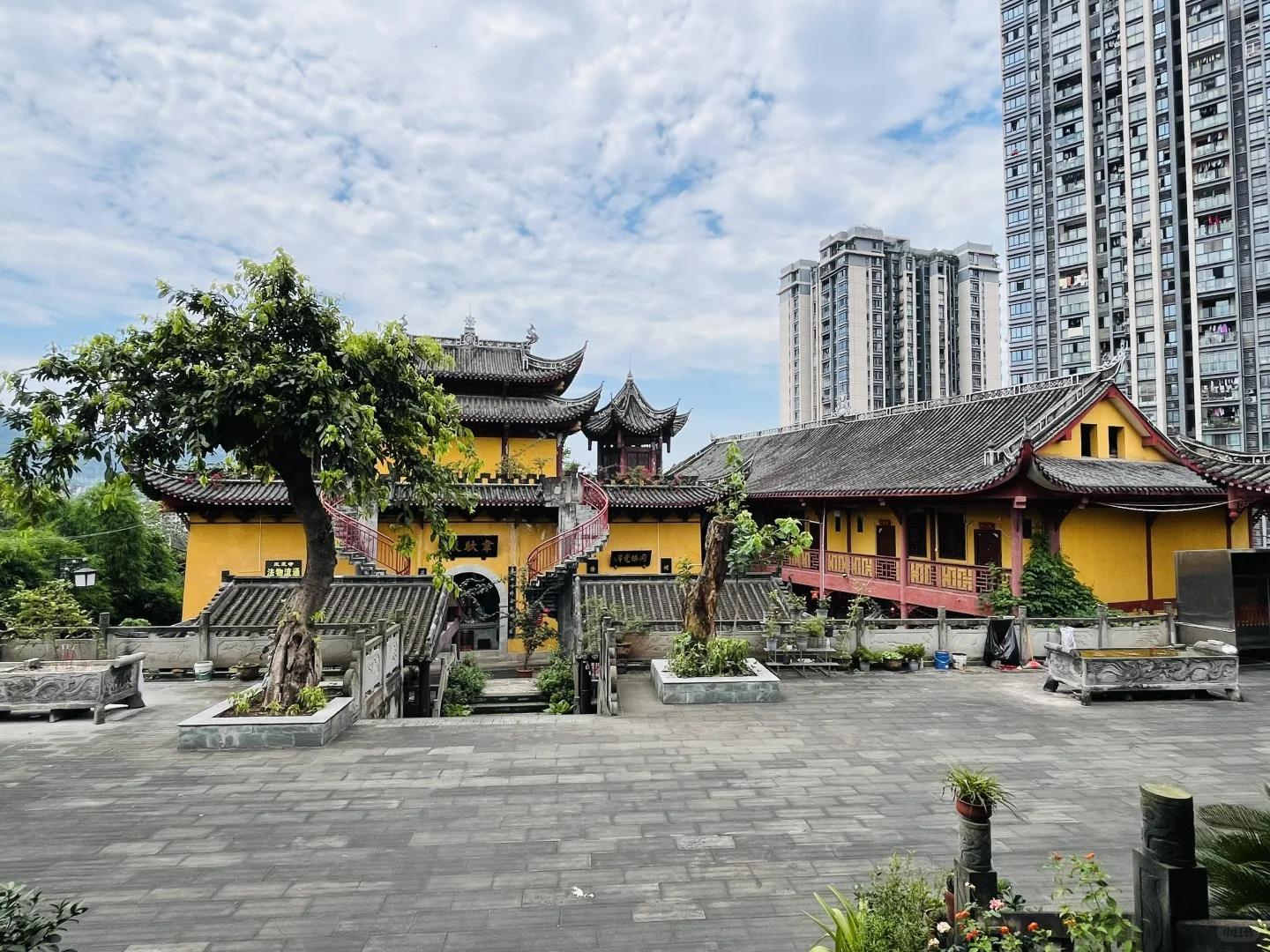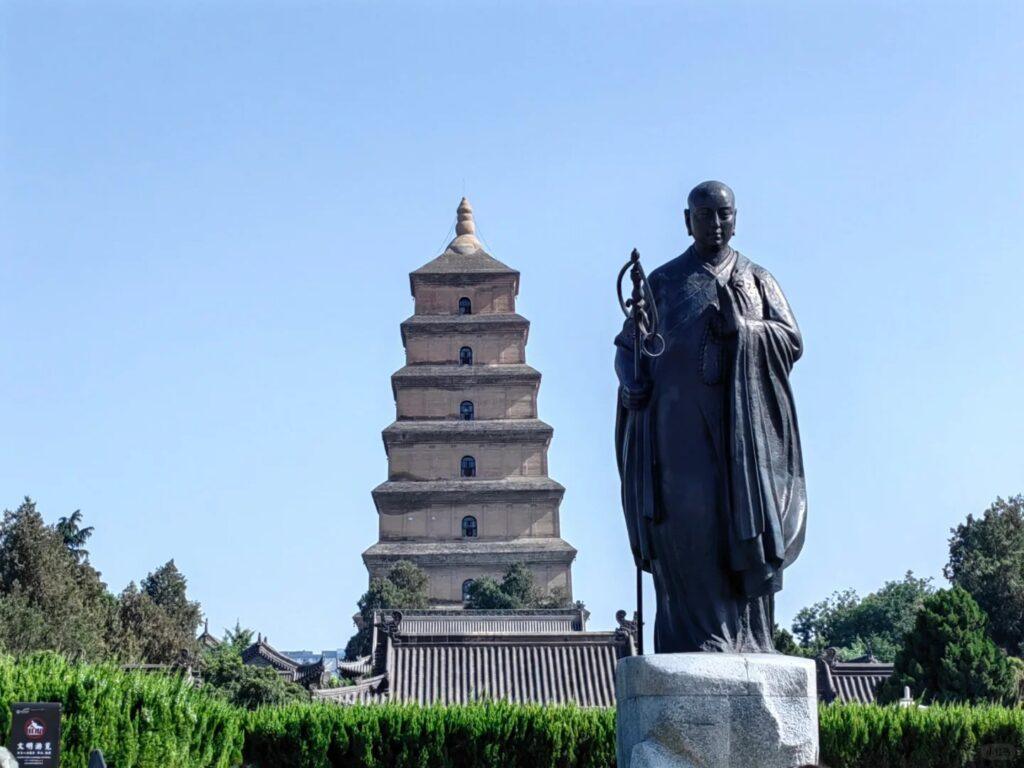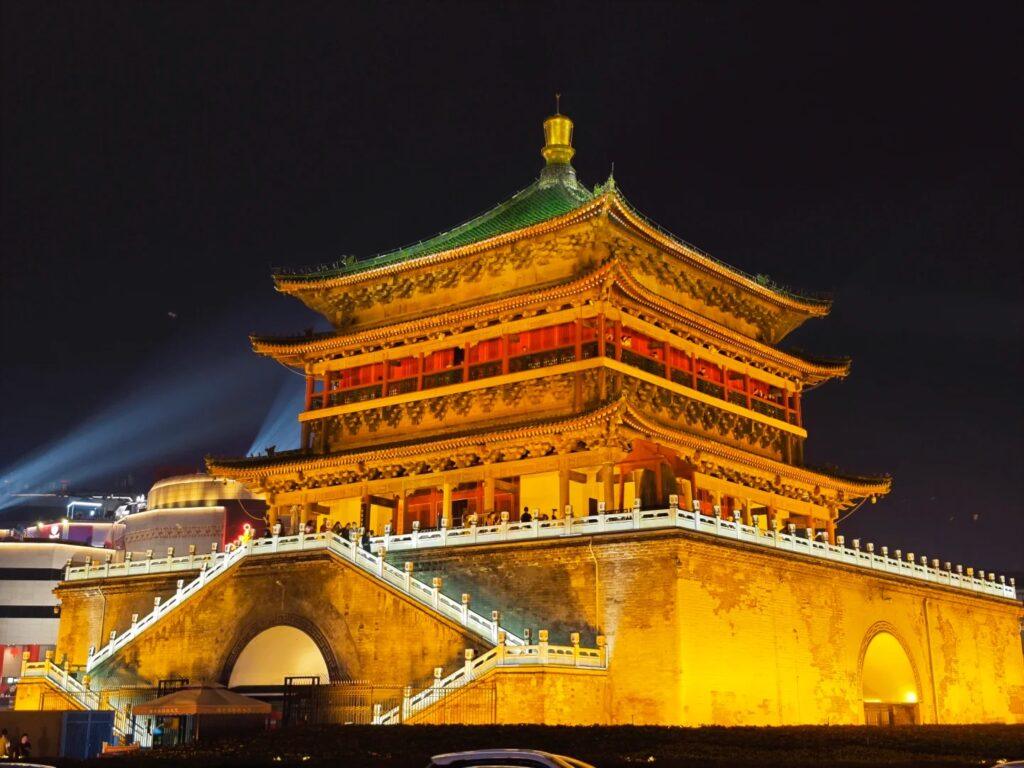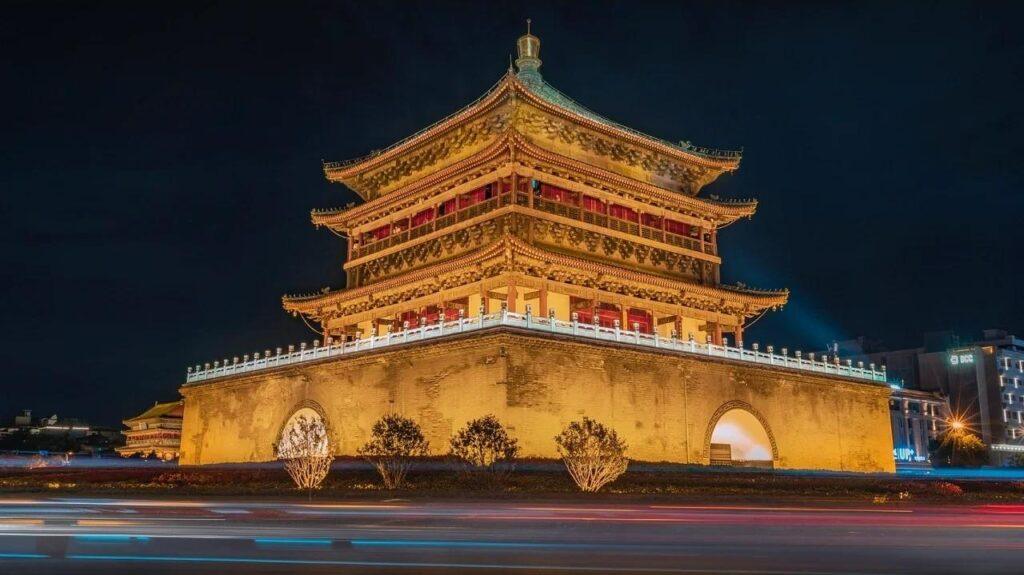Visiting Information
| Information | Details |
|---|---|
| Chinese Name | 凤凰寺 (Fènghuáng Sì) |
| Location and Address | 30 Huajue Lane, Lianhu District, Xi’an, Shaanxi Province, China |
| Opening Time/Hours | 8:00 AM – 7:30 PM (Daily) |
| Entrance Fee | Free |
| How to Get There | By Metro: Line 2 to Zhonglou (Bell Tower) Station, Exit B By Bus: Take bus 4, 7, 15, 32, 43, 201, 205, 206, 215, 218, 221, 251, 300, 604, 611, K630 to Zhonglou (Bell Tower) Station By Taxi: Tell the driver “Fenghuang Mosque” or show the Chinese characters “凤凰寺” |
| Best Time for Visit | Spring (March to May) and Autumn (September to November) for pleasant weather. Avoid visiting during prayer times if you’re not participating in prayers. |
| Contact Info | Phone: +86 29 8725 8602 Email: Not available |
Overview
Phoenix Mosque, also known as Feng Huang Mosque, is one of the oldest and largest mosques in China. Located in the heart of Xi’an’s Muslim Quarter, this historic mosque is a remarkable blend of traditional Chinese architecture and Islamic elements. It serves as a significant religious site for the local Muslim community and a popular tourist attraction, offering visitors a unique glimpse into the harmonious coexistence of Chinese and Islamic cultures.
Historical Background
The Phoenix Mosque was originally built during the Tang Dynasty (618-907 AD), making it one of the earliest mosques in China. It was established shortly after Islam was introduced to China via the Silk Road. The mosque has undergone several renovations and expansions over the centuries, with major reconstructions during the Song (960-1279), Yuan (1271-1368), Ming (1368-1644), and Qing (1644-1911) dynasties. Each renovation added new elements while preserving the mosque’s original character. The mosque’s long history reflects the enduring presence of Islam in China and its integration with Chinese culture. It has played a crucial role in the development of the Muslim community in Xi’an and has been a center for Islamic learning and worship for over a millennium.
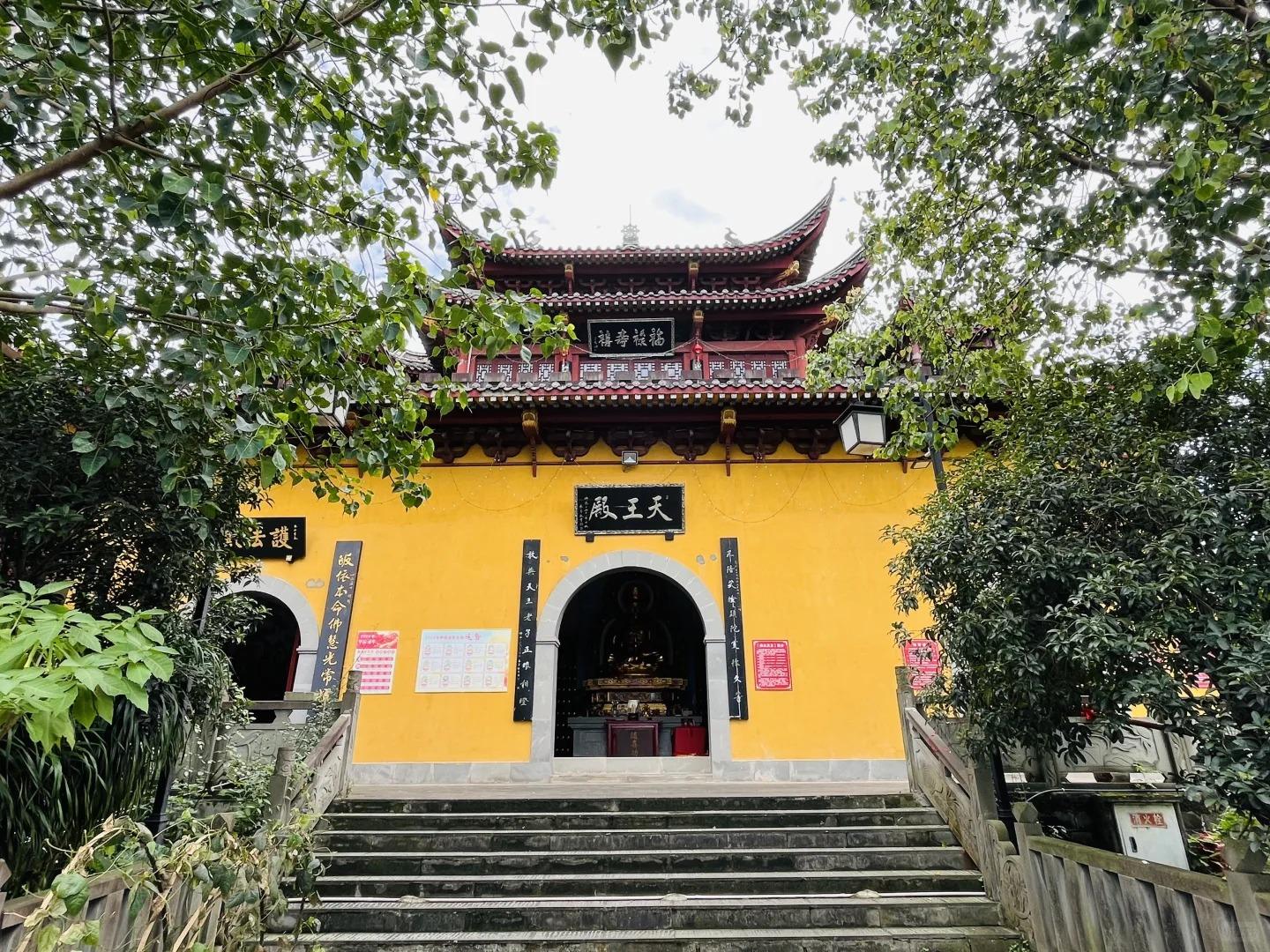
Architectural Features
- Entrance Gateway: The entrance to the Phoenix Mosque is marked by an ornate gateway featuring traditional Chinese architectural elements. The gateway is adorned with intricate carvings and calligraphy, showcasing a blend of Chinese and Islamic artistic styles. This entrance serves as a symbolic transition from the bustling streets of Xi’an’s Muslim Quarter to the serene atmosphere of the mosque complex.
- Courtyard Layout: The mosque is designed in a traditional Chinese courtyard style, with a series of interconnected courtyards leading to the main prayer hall. This layout reflects the influence of Chinese architectural principles on Islamic structures in China. The courtyards are beautifully landscaped with trees, plants, and water features, creating a tranquil environment for prayer and reflection.
- Prayer Hall: The main prayer hall is the most significant structure within the mosque complex. It combines elements of both Chinese and Islamic architecture, with a traditional Chinese-style roof adorned with Islamic motifs. The interior of the prayer hall is spacious and can accommodate hundreds of worshippers. The walls are decorated with Arabic calligraphy and geometric patterns, while the mihrab (prayer niche) indicates the direction of Mecca.
- Minaret: Unlike typical Middle Eastern minarets, the Phoenix Mosque’s minaret takes the form of a Chinese-style pagoda. This unique fusion of styles is a hallmark of Chinese mosque architecture. The minaret serves both as a call to prayer and as a distinctive architectural feature that sets the mosque apart in the Xi’an skyline.
- Decorative Elements: Throughout the mosque, visitors can observe a rich array of decorative elements that blend Chinese and Islamic artistic traditions. These include intricate wood carvings, stone sculptures, ceramic tiles, and calligraphy in both Chinese and Arabic scripts. The decorations often feature motifs such as flowers, geometric patterns, and stylized Arabic letters, creating a visually stunning and culturally significant environment.
Cultural Importance
Phoenix Mosque holds immense cultural importance as a symbol of religious diversity and cultural integration in China. It represents the long-standing presence of Islam in the country and the harmonious blend of Chinese and Islamic cultures. The mosque serves as a vital center for Xi’an’s Muslim community, hosting daily prayers, religious festivals, and educational activities. It plays a crucial role in preserving and promoting Islamic heritage within the context of Chinese society. For non-Muslim visitors, the mosque offers a unique opportunity to learn about Islamic culture in China and witness the architectural and artistic synthesis of two great civilizations. The mosque’s location in Xi’an’s Muslim Quarter further enhances its cultural significance, as it is surrounded by a vibrant community that has maintained its traditions for centuries. As a protected historical site, Phoenix Mosque contributes to China’s cultural landscape and serves as a testament to the country’s religious tolerance and cultural diversity.
Surrounding Attractions
- Muslim Quarter (Huimin Street): The Phoenix Mosque is located in the heart of Xi’an’s famous Muslim Quarter, also known as Huimin Street. This bustling neighborhood is a maze of narrow alleys lined with traditional buildings, mosques, and hundreds of street food stalls and restaurants. Visitors can immerse themselves in the unique atmosphere of this historic area, sample delicious Hui Muslim cuisine, and shop for local crafts and souvenirs. The Muslim Quarter offers a glimpse into the daily life of Xi’an’s Muslim community and is renowned for its vibrant street food scene, particularly in the evening when the area comes alive with lights and aromas.
- Bell Tower: Just a short walk from the Phoenix Mosque is Xi’an’s iconic Bell Tower, one of the largest and best-preserved bell towers in China. Built during the Ming Dynasty, this impressive structure stands at the geographical center of Xi’an’s ancient city. Visitors can climb to the top of the tower for panoramic views of the city and to see the massive bronze bell housed inside. The Bell Tower is beautifully illuminated at night, making it a popular spot for evening photography.
- Drum Tower: Located near the Bell Tower, the Drum Tower is another significant landmark in Xi’an. Originally used to mark the hours of the day by drumming, the tower now houses a museum showcasing ancient drums and other musical instruments. The tower offers excellent views of the Muslim Quarter and the surrounding area. In the evening, visitors can enjoy traditional drum performances that bring to life the ancient customs of the city.
- Great Mosque of Xi’an: Another important Islamic site in the vicinity is the Great Mosque of Xi’an, one of the oldest and largest mosques in China. Founded in 742 AD during the Tang Dynasty, this mosque is notable for its unique blend of Chinese and Islamic architectural styles. The mosque complex includes several courtyards, prayer halls, and a beautiful garden. It provides an interesting comparison to the Phoenix Mosque and offers further insights into the history of Islam in China.

Photography Opportunities
- Architectural Details: The Phoenix Mosque offers numerous opportunities for capturing intricate architectural details. Photographers can focus on the ornate carvings on the entrance gateway, the unique Chinese-style roofs with Islamic influences, and the decorative elements throughout the mosque complex. Close-up shots of the Arabic calligraphy, geometric patterns, and traditional Chinese motifs can reveal the fascinating blend of cultural styles that characterize the mosque.
- Courtyard Landscapes: The serene courtyards of the mosque provide excellent subjects for landscape and architectural photography. The interplay of light and shadow on the traditional buildings, the carefully manicured gardens, and the reflective pools offer opportunities for capturing the tranquil atmosphere of the mosque. Early morning or late afternoon light can create particularly striking effects on the architecture and landscaping.
- Prayer Hall Interior: If permitted, the interior of the main prayer hall presents unique photographic opportunities. The spacious hall with its decorative mihrab, hanging lamps, and ornate ceilings can make for impressive wide-angle shots. The play of light through the windows and the patterns created by rows of prayer rugs can also create interesting compositions. However, photographers should be respectful of worshippers and any restrictions on photography inside the prayer areas.
- Cultural Life: The Phoenix Mosque and its surrounding Muslim Quarter offer rich opportunities for cultural and street photography. Capturing the daily life of the local Muslim community, the bustle of the nearby markets, and the preparation of traditional foods can provide a vivid portrayal of the area’s unique cultural blend. During Islamic festivals or prayer times, there may be opportunities to capture the spiritual life of the mosque, though always with respect for the privacy and religious practices of the worshippers.
Modern Importance
- Religious Center: In modern times, the Phoenix Mosque continues to serve as a vital religious center for Xi’an’s Muslim community. It hosts daily prayers, Friday congregations, and important Islamic festivals, playing a crucial role in maintaining and nurturing the spiritual life of local Muslims. The mosque also serves as a place for community gatherings and religious education, helping to preserve Islamic traditions and knowledge within the context of contemporary Chinese society.
- Cultural Bridge: The Phoenix Mosque acts as a cultural bridge, fostering understanding between Muslim and non-Muslim communities in China. It serves as an educational site where visitors can learn about Islamic culture and its long history in China. This role is particularly important in promoting religious tolerance and cultural diversity in modern China. The mosque’s unique blend of Chinese and Islamic elements visually represents the potential for cultural harmony and integration.
- Tourist Attraction: As a significant historical and architectural landmark, the Phoenix Mosque has become an important part of Xi’an’s tourism industry. It attracts visitors from around the world, contributing to the local economy and helping to promote Xi’an as a destination for cultural tourism. The influx of tourists has led to the development of supporting infrastructure and services in the surrounding Muslim Quarter, benefiting the local community economically.
- Architectural Preservation: The ongoing preservation and restoration of the Phoenix Mosque serve as a model for the conservation of historical Islamic architecture in China. These efforts contribute to the broader field of architectural preservation, demonstrating techniques for maintaining ancient structures while adapting them for modern use. The mosque’s preservation highlights the importance of protecting diverse cultural heritage sites in rapidly developing urban environments.
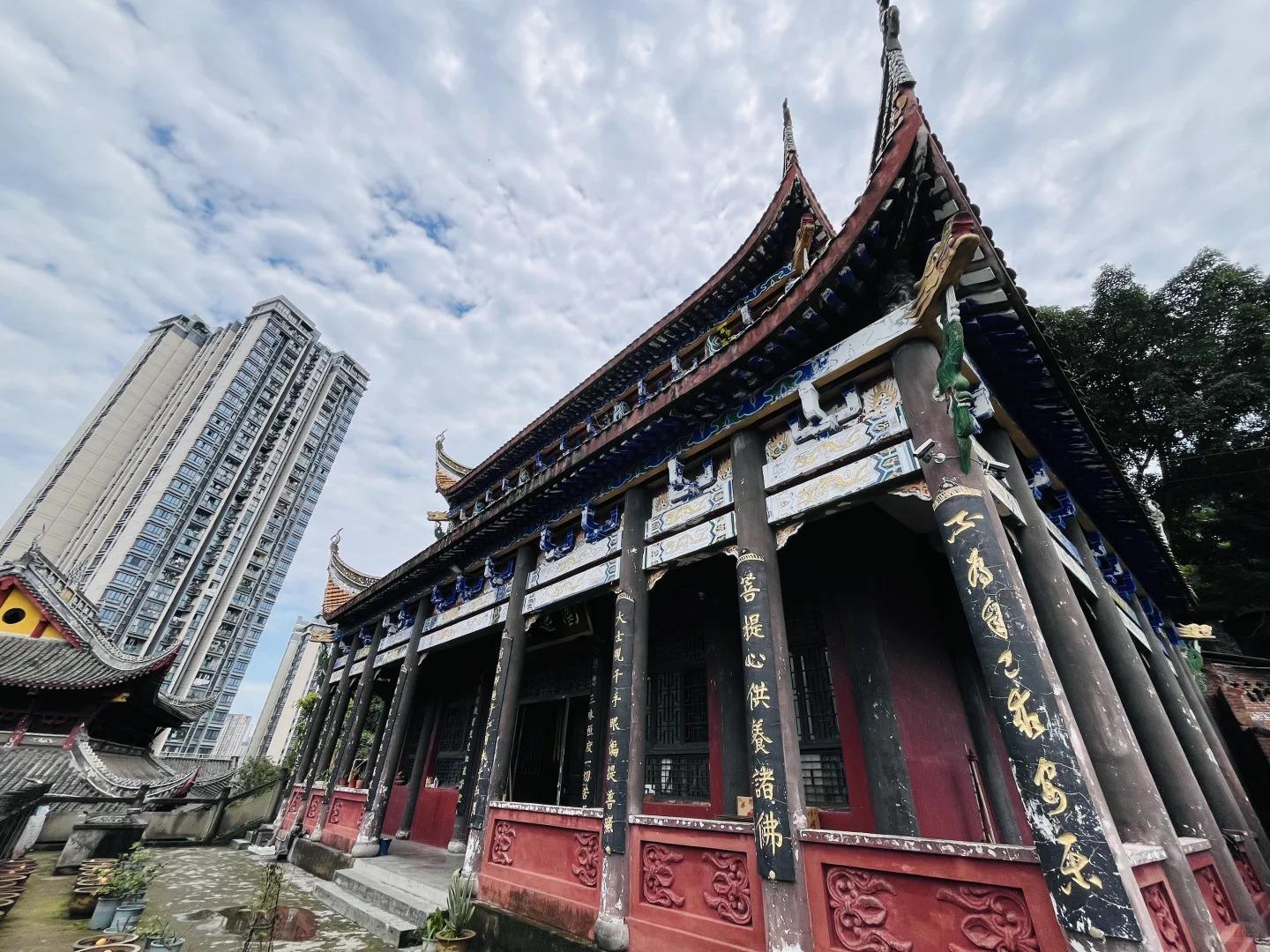
FAQ
- What is the Phoenix Mosque famous for?
The Phoenix Mosque is famous for its unique blend of Chinese and Islamic architectural styles, its long history dating back to the Tang Dynasty, and its status as one of the oldest and largest mosques in China. It’s also renowned for its beautiful courtyards and intricate decorations. - What’s inside the Phoenix Mosque?
Inside the Phoenix Mosque, you’ll find:
1. A series of tranquil courtyards
2. The main prayer hall with Chinese and Islamic architectural elements
3. A minaret in the form of a Chinese-style pagoda
4. Beautiful gardens and water features
5. Decorative elements including Arabic calligraphy and Chinese motifs
6. Historical inscriptions and artifacts - Is the Phoenix Mosque free?
Yes, entry to the Phoenix Mosque is free of charge. - Is the Phoenix Mosque worth visiting?
Yes, the Phoenix Mosque is definitely worth visiting. It offers a unique insight into the history of Islam in China, showcases beautiful architecture, and provides a peaceful retreat from the bustling city. It’s an important cultural and historical site in Xi’an. - What to do in the Phoenix Mosque?
At the Phoenix Mosque, you can:
1. Explore the beautiful courtyards and gardens
2. Admire the unique blend of Chinese and Islamic architecture
3. Visit the main prayer hall (when permitted and not during prayer times)
4. Observe or participate in prayers (if you’re Muslim)
5. Learn about the history of Islam in China
6. Take photographs of the architectural details and landscapes
7. Experience the peaceful atmosphere of this historic site - How do I get to the Phoenix Mosque in the local city?
To get to the Phoenix Mosque in Xi’an:
1. By Metro: Take Line 2 to Zhonglou (Bell Tower) Station and use Exit B
2. By Bus: Take buses 4, 7, 15, 32, 43, 201, 205, 206, 215, 218, 221, 251, 300, 604, 611, or K630 to Zhonglou (Bell Tower) Station
3. By Taxi: Ask the driver to take you to “Fenghuang Mosque” or show them the Chinese characters “凤凰寺”
4. Walking: If you’re already in the Muslim Quarter, you can easily walk to the mosque - How to visit the Phoenix Mosque?
To visit the Phoenix Mosque:
1. Check the opening hours (usually 8:00 AM – 7:30 PM daily)
2. Dress modestly out of respect for the religious site
3. Remove your shoes before entering prayer areas
4. Avoid visiting during prayer times if you’re not participating in prayers
5. Be quiet and respectful, especially in and near the prayer hall
6. Ask permission before taking photographs, especially of people
7. Consider hiring a guide to learn more about the mosque’s history and significance
8. Explore the surrounding Muslim Quarter before or after your visit to the mosque


